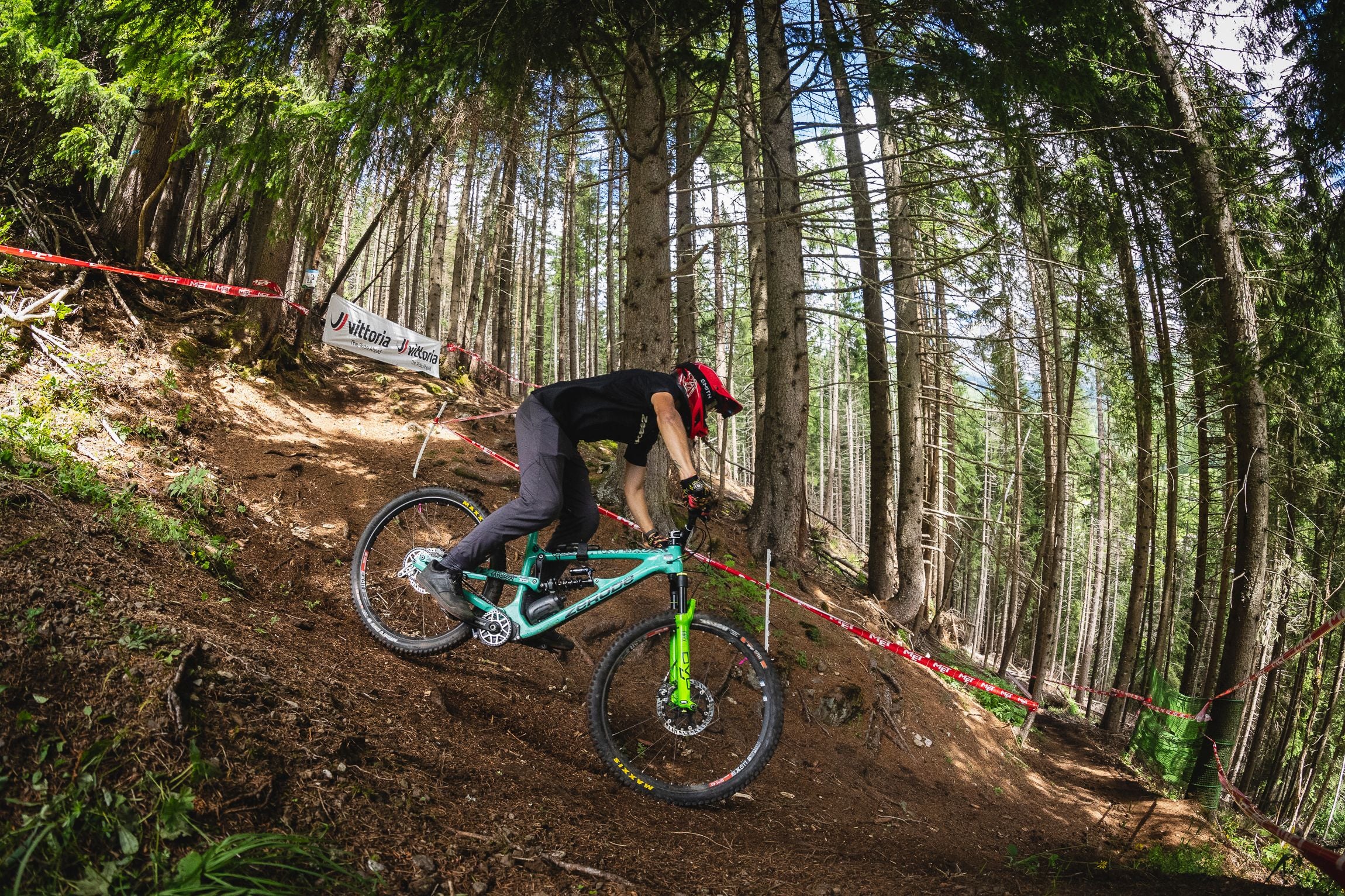The loss of efficiency of a Pinion gearbox is very small and depends on the conditions. In laboratory conditions a traditional drive train will be about 4,5% more efficient. However the efficiency of a traditional drivetrain falls off quickly when the chain is at the top or bottom of the cassette, when the chain isn't lubricated perfectly anymore or when things get dusty or muddy. In certain conditions a gearbox with belt might even be more efficient. We wouldn't use a gearbox in the Tour de France, but for us on a trail or enduro mountainbike it is a no brainer.
Placebo effect
A gearbox can feel different as in certain gears you feel the sensation of the gears through the pedals and your brain may translate this to drag. We call it the placebo effect. Luckily after a few rides it disappears. The same goes for spinning the cranks in a workstand. In certain gears you can feel the moving parts of the gearbox. A traditional drivetrain doesn't have this resistance at zero load. However tests show that the more load you put on a gearbox plus belt, the more efficient it gets. A derailleur set up is the opposite, especially in the higher gears.
Pinion gearboxes wear in and get more efficient over time, especially during the first 500 km.
But where does the drag myth come from?
A study was done in 2015 that put a figure of 90.5% efficiency of Pinion gearboxes and this is often requoted out of context when comparing Pinion efficiency to derailleur drivetrains. The issue is that derailleur drivetrains are far from 100% efficient. An article by CyclingAbout put the efficiency of an 11-speed 1x set up at “as efficient as 96.0% and as inefficient as 92.4%. On average it’s 95.1% efficient.” This gives an average efficiency difference of less than 4.5% between a gearbox and the 1x system tested. Furthermore, CyclingAbout noted that when reviewing the original 90.5% efficiency gearbox tests “the results showed a marked increase in efficiency as the rate of power increased, so it is likely that if we were to test the gearboxes at 250 watts, they would achieve higher rates of efficiency.” And a 12 speed will be even less efficient than an 11 as the chain deflection will increase with the wider cluster.


We often get the question whether a gearbox isn't heavy. The remarkable thing, however, is that weight is precisely the reason for us to assemble gearboxes. The gearbox makes it possible to significantly reduce the unsprung mass, which improves the suspension performance. In addition, the center of gravity of our bikes is exactly where you want it to be: central and low, which makes the bikes feel very light and rail through corners like no other. If we look at the absolute weight, a gearbox will always be heavier than a traditional drivetrain. A 9 speed Pinion C1.9 weighs 2000 grams. However, the total weight of our bicycles is in line with the market due to the choice of the right components. And even if it were just a little bit more weight, it's worth all the benefits you get in return. Think about 600% gear range, a stronger rear wheel, almost no maintenance, belts that last years, a totally silent ride, shifting without pedalling, instantaneous shifting, no chain slap, etc etc. We'd be very surprised if Zerode owners ever go back to a bike with a derailleur.
Frame weights: Taniwha: 2730 grams (large). Katipo: 2625 grams (large). G3: 4495 grams (size medium incl. idler pulley and belt tensioner).
The weight of a full build strongly depends on the components. The main factors of influence are wheel size, carbon vs alloy wheels, tire choice, trail vs enduro set up, 36 vs 38 fork and coil vs air shock. Most of the enduro bikes we sell are between 15.5 and 16 kg.



